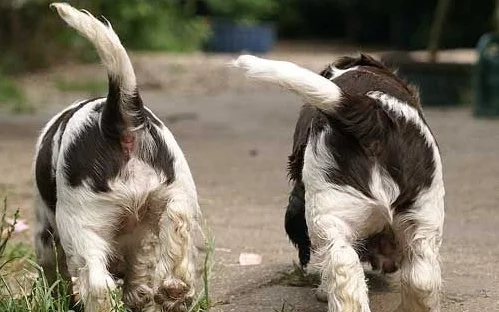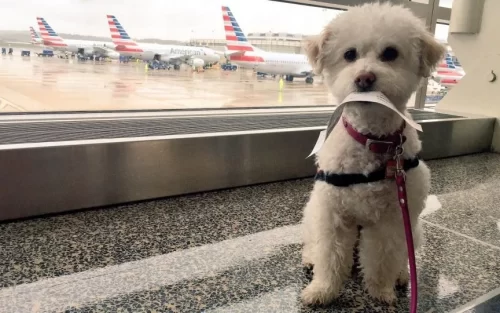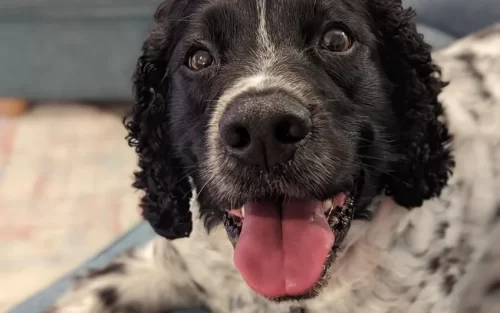Dogs, man’s best friend, undeniably have a unique way of connecting with their human partners. The canine companions always form an astounding and robust emotional bond with their owners that can be compared to a human relationship. So, have you ever stopped to consider the nature of your pup’s attachment style? Better yet, do you know how to decipher it? Let’s dive into the world of dog attachment styles and explore this fascinating subject. Prepare to become a canine body language expert in your right!
Understanding Attachment in Dogs
Dogs exhibit quite a plethora of attachment styles, which should come as no surprise. After all, they are social animals, and their connection to us runs deep in their DNA.. Understanding your furry friend’s attachment style is crucial to ensuring that you are providing an environment that fulfills their emotional needs and promotes their well-being.
How is Attachment Formed?
From the moment a puppy lays its eyes on its owner, an instant bond is formed. This bond grows over time due to shared experiences and consistent positive interaction. A study shows that attachment in dogs to their humans is very much akin to the attachment seen in human children towards their parents.
Identifying Your Dog’s Attachment Style
Just like in human relationships, every dog can exhibit different forms of attachments. According to Dr. John Bowlby’s attachment theory, there are four main types: Secure, Avoidant, Ambivalent, and Disorganized. Let’s break down each category and uncover what signs you should look out for.
Secure Attachment
If your dog falls under the secure category, they will show an even mix of dependence and independence. They will enjoy your company and engage positively with you but are also comfortable when left alone. If you find that your furry friend exhibits a calm demeanor when you’re around, loves a good cuddle but isn’t overly anxious when you leave, they likely possess a secure attachment style.
Avoidant Attachment
Next up is the avoidant attachment style. Dogs with an avoidant style may appear aloof or indifferent to their owners. They might not seek your attention as much and are quiet when you’re around. However, this doesn’t mean they don’t love you. It’s worth following up with a veterinarian or a dog behaviorist if you suspect your dog falls into this category as it can sometimes indicate underlying health issues.
That’s just scratching the surface of dog attachments. Understanding your dog’s attachment style requires keen observation, patience, and of course, lots of love. In the next part of this article we will explore the remaining two attachment styles, ambivalent and disorganized. We will also delve into how you, as a dog parent, can help cultivate a secure attachment and navigate the potential issues that could arise.
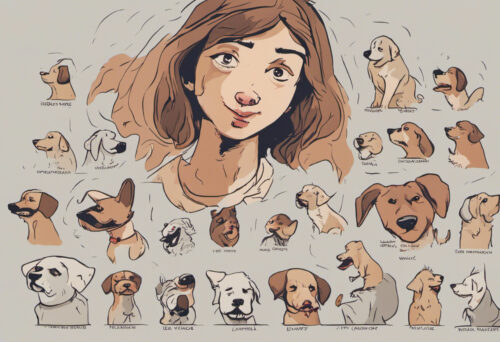
Let’s Dive Into the Ambivalent Attachment
Another significant style of attachment your dog might show is termed ambivalent. Dogs showing this style of attachment often appear insecure and overly clingy. They can exhibit signs of severe anxiety and distress when you’re away or even when you’re just out of sight. In this research, scientists identified it as separation anxiety.
Tackling the Symptoms
Providing extra care and support can help your dog if they have an ambivalent attachment style. The use of anxiety wraps and regular interactions can create a sense of security. This guide can provide more insights on how to help dogs with separation anxiety.
The Disorganized Attachment Style
Finally, the disorganized attachment style, much like it sounds, can result in inconsistent behaviors that seem to lack any clear pattern. A dog with this type of attachment might show signs of affection one moment and aloofness or aggression the next. If unchecked, this can lead to behaviour-related euthanasia.
Creating a Secure Environment
While observing and understanding your dog’s attachment style is important, the end goal remains the same – to make your dog feel secure, loved, and appreciated. The key to developing a secure attachment in your dog lies in fostering a consistent, positive, and safe environment. From a veterinary hospital’s example, you can see how environment fosters security.
Final Words on Dog Attachment Styles
By recognizing and understanding your dog’s attachment style, you can help them become more secure and confident. Whether your dog’s attachment pattern falls into the categories of secure, avoidant, ambivalent, or disorganized, knowing where they stand can aid you in providing the best support and care tailored specifically to them. Remember, no two dogs are exactly alike, and your unique bond with your pet is what makes your relationship special.
So next time your canine companion exhibits an unusual behavior, take a step back and try to see it from their perspective—consider if their actions may be an indication of their attachment style. By doing so, you can become an even better pet parent. Happy decoding!
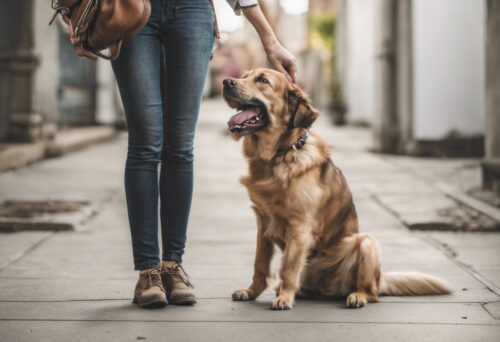
Nurturing Secure Attachment
The foundation of a healthy dog-owner relationship is trust. Building trust requires consistency, predictability, and emotional responsiveness. Consistency in your behavior, rules, and routines gives your dog a sense of security. Predictability, on the other hand, can be fostered by a regular feeding and exercise schedule. Emotional responsiveness refers to acknowledging and responding appropriately to your dog’s emotions. For instance, giving it space when it appears anxious or scared, and consoling it when it’s stressed. Here’s an excellent guide for nurturing a secure attachment with your dog.
Patience and Time
Remember, understanding and using the concept of attachment to improve your dog’s wellbeing is a process that takes time. It includes a lot of observing, patience and empathy. Research shows that dogs with secure attachments are less likely to exhibit problem behaviors, more likely to learn commands, and show better health and longevity.
A Word of Caution
An important point to understand is that attachment styles are not definitive diagnoses. They are just theoretical constructs to help understand the nature of the relationship between you and your furry friend. Professional guidance should be sought if you notice any signs that may indicate trauma or severe anxiety. The importance of professional consultation cannot be stressed enough in such scenarios.
Wrapping Up
We all want the best for our canine friends. Being aware of your pup’s attachment style gives you the insights to enrich their lives by making them feel understood and cared for. As we’ve explored, dogs can develop different attachment styles, each with its own implications for behavior. Understanding these can help you respond appropriately to your dog in any given situation, fostering trust, communication, and an even deeper bond.
Lastly, remember, these styles are not set in stone—they can change as your relationship with your dog evolves and deepens. Always remember to approach your dog with kindness, empathy, and understanding. And, of course, this journey of understanding your dog’s attachment style should deepen your bond, helping you enjoy an even stronger mans’ best friend relationship.
So, there you have it! The mystery of your dog’s attachment style unravelled. We hope this insight brings you closer to your furry friend and deepens the unique bond between you. Remember to always approach your companion with love, empathy, and understanding.

